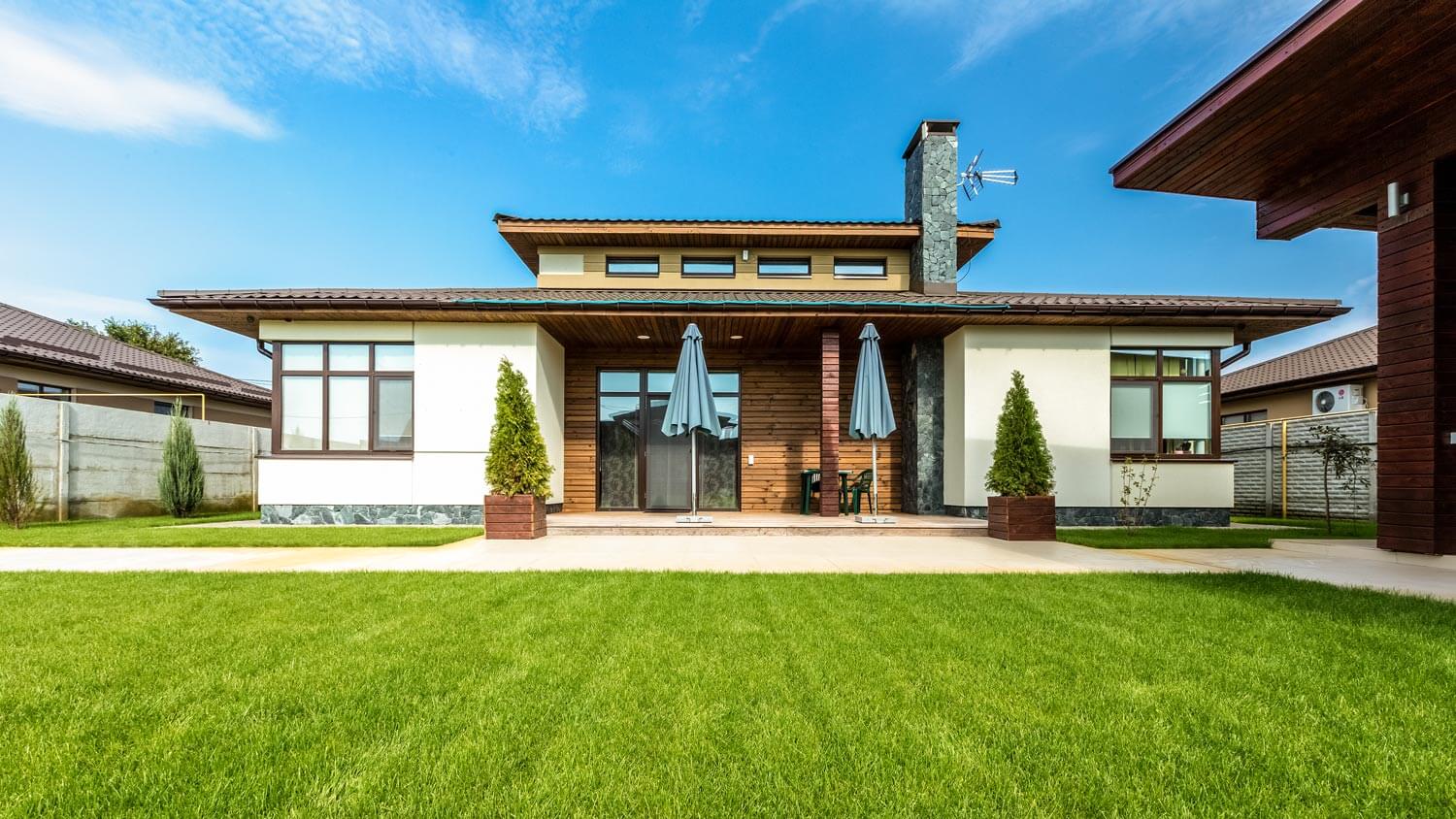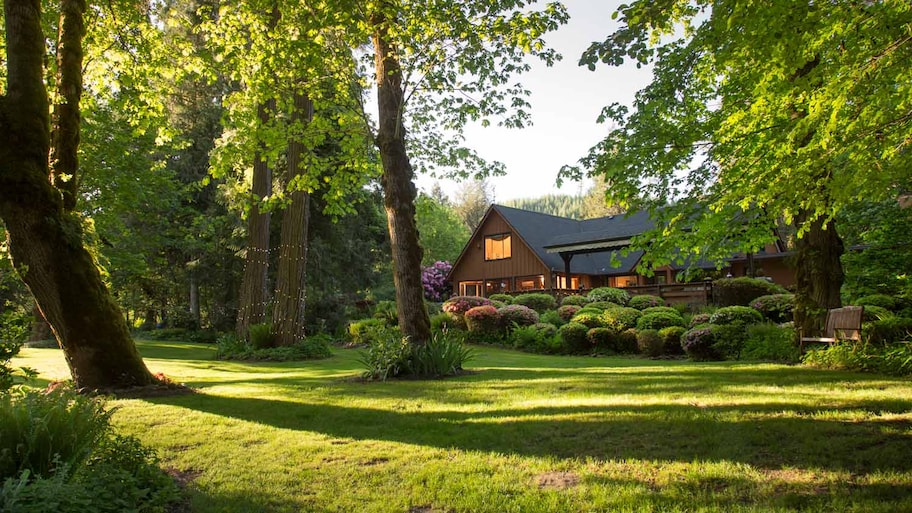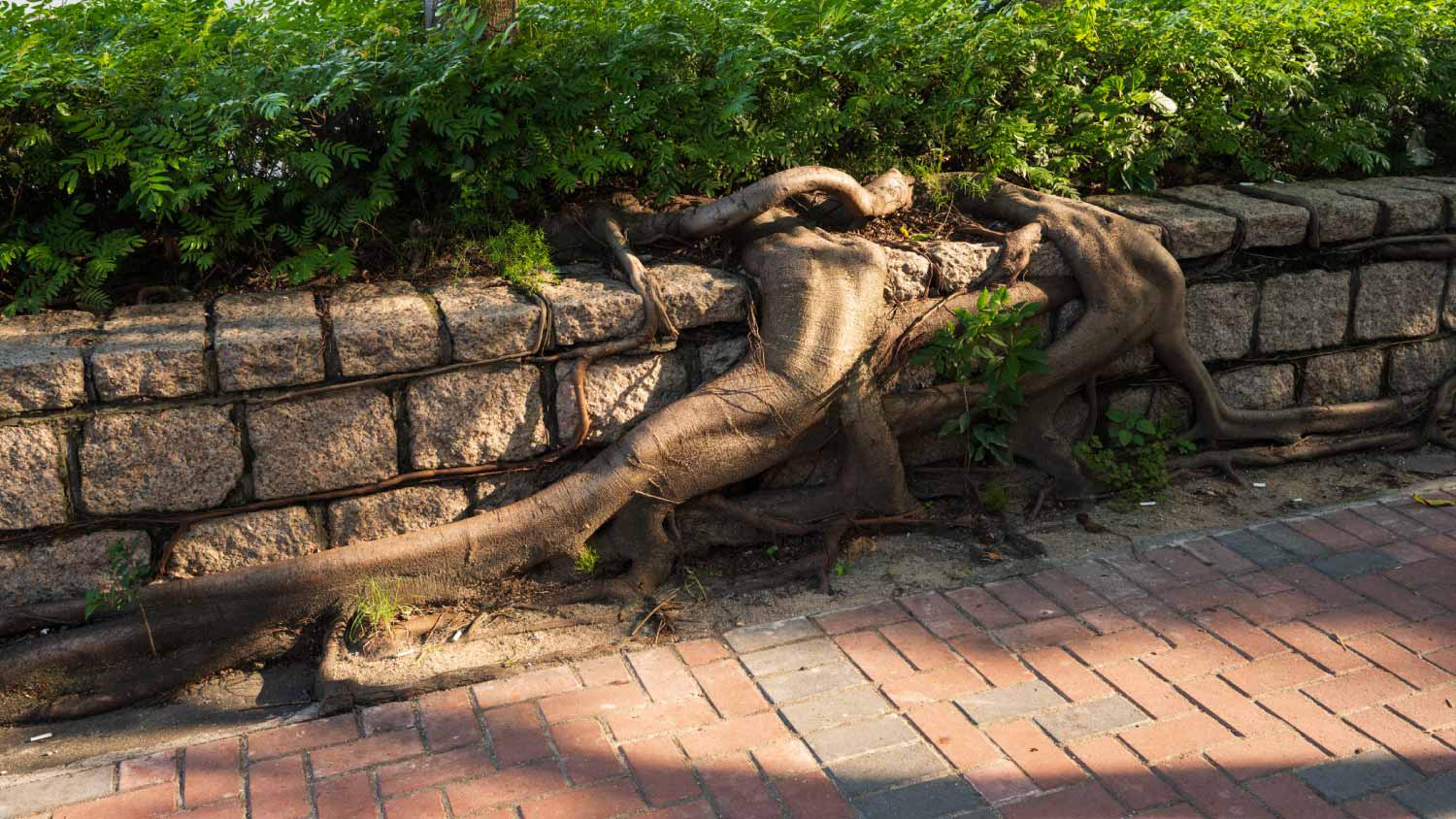7 Reasons Why You Shouldn't Plant a Tree in Your Yard
Don’t take out the shovel for that sapling just yet


Your climate zone plays a role in which trees will thrive or struggle in your area.
Avoid planting non-native trees that are susceptible to disease.
Don’t plant invasive species, which can spread and take over native species.
Check your soil type before you choose to plant a tree.
Make sure you have 10 to 100 feet of space in your yard, depending on the tree size.
Planting a tree is the trademark of an eco-conscious world where everyone is doing their share to make the planet a better place. Arborists spend a good amount of time trying to convince people to plant more trees—and not just for job security; trees are investments that appreciate over time and can last for decades or longer. Arborists don’t discuss as often when to avoid planting a tree, so here are seven issues that may cause you to rethink planting a particular type of tree or even any tree.
1. You’re in the Wrong Climate Zone
Different species of trees require different environments to grow and remain healthy. The United States Department of Agriculture (USDA) developed maps for plant zoning throughout the country to help with local plant selection. This information is referred to as the USDA Plant Hardiness Zone Map and divides the country into zones based on yearly extreme temperatures spanning over 30 years.
Know your local zone to select trees that will do well in those conditions to give yourself the best chance of growing a healthy tree. Once you decide on a certain tree species, some plants can live outside of their native zones, but they will generally require more care and maintenance and may not live as long as in their normal habitats.
2. The Tree You Plant Requires Lots of TLC
Most landscaping trees require some type of care during their lives—some more than others. Certain tree species require lots of maintenance to fight disease or pest issues, while others need more frequent watering or pruning. If you aren’t able to provide the care a tree needs, finding a different option might be a good choice.
Fruit trees, for example, can be very maintenance intensive. They require regular, extensive tree pruning and often need considerable care to prevent pest and fungal leaf issues. Knowing this before planting trees can prevent a dead or struggling tree down the road and loss of your investment.
You also want to avoid trees that are susceptible to diseases for safety reasons, as you don’t want your tree to attract pests that can affect other plants in your yard, nor do you want your tree to fall. Opt for native, disease-resistant trees—like red mulberry trees, if your zone allows—to give your plants the best chance at thriving.
3. The Tree Species Is Invasive
Depending on your area, you should avoid some tree species because they’re invasive. Invasive species are non-native lifeforms introduced to the ecosystem and cause ecological and economic damage to their new area.
Invasive species:
Quickly adapt to new environments
Reproduce and spread quickly
Harm properties, economies, or plants and wildlife
Difficult to control once introduced
A few examples of invasive tree species to avoid include mimosa trees, Royal paulownia, Tree-of-Heaven, and the Chinaberry tree.
4. Your Soil Is Unsuitable for Trees
If your land has the wrong soil for the type of tree in question, it might not be suitable for planting certain types of trees. Every tree requires its own type of soil, and since there are so many types of soil out there, your land may just well differ from that house around the street that has that stunning willow tree in the front yard.
Common soil types include sand, silt, loam, clay, peat, and chalk. Before investing in a tree, test your soil and then check the tree species to see which kind of environment it needs to thrive.
How to Test Your Soil
You can check your soil in several ways. The easiest way to determine your soil type is to simply take some moist soil out of the area you plan on planting a tree and then squeeze it in your hand.
If the soil holds its shape and feels dense to the touch, chances are you have clay soil. If it crumbles once you open your hand, it’s sandy, and if it holds its shape until lightly touched, you have loam, which is suitable for most tree types to grow.
5. You Don’t Have Enough Room to Plant a Tree
Available space is another consideration that might lead you to rethink a particular tree species. Before adding a new tree to your landscape, be sure to know its mature size. If you only have enough space for tulips, the last thing you want to do is plant an oak or poplar tree.
Don’t make a choice that could block window views, cause precarious branches to eventually lean over your driveway, loom over your new car, or interfere with your internet connection. Instead, follow these best practices for determining the correct tree size before you get digging:
Don’t choose trees with large root systems if you have hard clay soil or lots of rocks, as this can cause shallow rooting.
Keep trees 15 to 20 feet away from your house.
Avoid planting too close to fences, powerlines, driveways, or sidewalks.
Allow for 10 feet of space around small trees and 100 feet for very large trees, like poplars.
6. Trees Can Damage Your Foundation

Nothing quite screams summer like sitting under the shade of a nice oak tree, but that very oak tree could be costing you thousands of dollars in foundation issues if planted too close to your home. Oak trees are notorious for having an invasive root system that can work its way under your foundation, leading to cracks, movement, and structural damage.
Take note of the type of root system your tree in question has before you get digging to avoid these expenses later down the road.
7. The Tree Species Poses a Safety Hazard
Some municipalities have a ban list for certain species of trees because they are more susceptible to falling over or breaking. For example, you shouldn’t plant Bradford pear trees because, while commonly planted throughout the country for decades for their hardiness and beautiful, distinct white flowers in the springtime, they easily fall apart.
Bradford Pear trees have weak branch unions and present a greater-than-average risk of large limb failure during normal weather conditions. That week of absolute beauty in the spring has nothing on the rest of the year, where you’re practically waiting for them to drop a limb on your car!
Contact a Local Arborist Before Planting a Tree
Local knowledge goes a long way towards selecting the best tree for your location. Your nursery or local arborist should be able to provide some valuable insight before making a selection, helping you avoid planting a potentially costly mistake.
A tree specialist can help you:
Choose local trees that thrive
Determine your soil type
Find ways to mix soils to make the environment more suitable for the tree species you want
Avoid planting too close to the foundation
Skip trees prone to disease, pests, or weakness
Determine if you should cut down a tree
Remember, planting a tree is always a good thing, but if you want to have the most positive impact on the planet and your yard, planting the right tree in the right spot for the right reasons is a great thing.





- When To Cut Down A Tree: 13 Ways To Tell
- Here’s Where To Plant Trees In Your Backyard
- Who Do You Hire to Plant Trees? A Complete Guide
- How to Straighten a Tree That’s Leaning in Your Yard
- When is the Best Time to Plant Trees?
- How to Save a Dying Tree: 8 Tips to Try
- Can You Cut Down a Tree on Your Property?
- How to Tell What Type of Tree You Have in Your Yard
- Can You Get A Tree Removed For Free? Not Usually
- How to Remove a Tree Yourself










